What Hi-Fi? Verdict
It might work for those who need a CD player and streaming in one box, but there are far better alternatives if you can compromise on features
Pros
- +
Plenty of weight to sound
- +
Good timing
- +
CD player can be useful
Cons
- -
Dynamically uninteresting
- -
Bass detail is poor
Why you can trust What Hi-Fi?
With vinyl sales having overtaken those of the CD for the first time in 35 years, and cassette tapes enjoying a similar resurgence to the black disc, it is almost novel to be testing an all-in-one system such as the Technics Ottava F SC-C70 MK2 in 2021.
We’re very much in favour of any physical media inclusion in a sector that is increasingly geared towards streaming, of course; it’s just a pleasant surprise when there’s a wireless speaker asking us to dig into our racks of CDs.
This is actually the second generation of Technics’s most premium Ottava wireless speaker, adding features such as Auto Space Tune along with a complete retune for its new drivers. We didn’t get our hands on the first one, but did spend some time with the four-star Ottava S SC-C30 – the baby of the group – so feel justified in having some high expectations.
That said, you shouldn’t really need any prior knowledge of the range to expect something for the money you’ll have to pay. A price tag of £799 ($999, AU$1649) certainly isn’t the weightiest among the wireless speakers we’ve tested, but it does place the SC-C70 MK2 in a premium bracket.
We’ve heard plenty of speakers that can comfortably account for prices doubling that of this Technics, even without bonuses such as the CD player. But to get an idea of how stiff competition is here, we only dished out one 2020 What Hi-Fi? Award to a wireless speaker costing more than £500, and that one is £50 cheaper than the SC-C70 MK2. Essentially, this is a lot of money to spend, and you’re well within your rights to expect something special in return.
Build
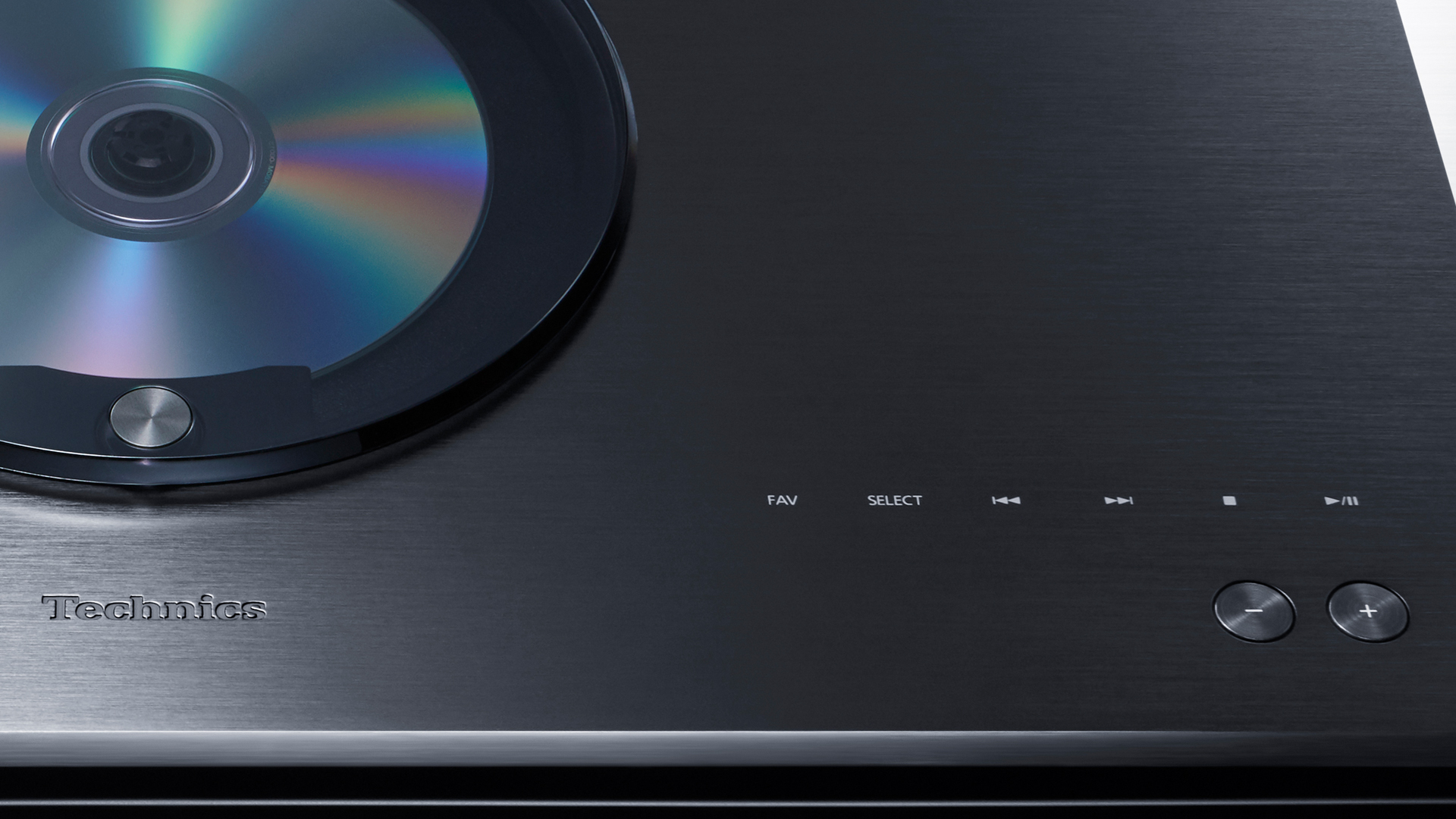
There are certainly some aspects of the SC-C70 MK2’s construction that resonate with its price. Opening the packaging reveals a thick aluminium top panel – either grey or black, depending on which of the two finishes you’ve chosen – and the speaker’s weight as you lift it from the box is equally reassuring.
It looks pretty good, too. There’s an industrial stylishness to its straight lines and vent-like grille, which stands out just enough while hopefully not dating it too much into the future; a speaker such as this should have some staying power.
The OLED display is small, but functional, while that top plate also houses a few well-engineered push buttons alongside a row of touch controls for playback. You probably won’t be up this close often, though, thanks to the included remote and ability to work the SC-C70 MK2 via its app.
Around the back, there are inputs for aux-in, optical and USB, alongside connections for the included radio antenna, power and wired internet. These are all sandwiched between a pair of reflex ports that complement a quintet of drivers inside.
Most notably, the SC-C70 MK2’s downward-firing subwoofer, which you’ll feel if you stroke the speaker’s undercarriage. It’s a 12cm driver aiming to add some serious depth to the pair of forward-firing 8cm drivers taking care of the speaker’s midrange.
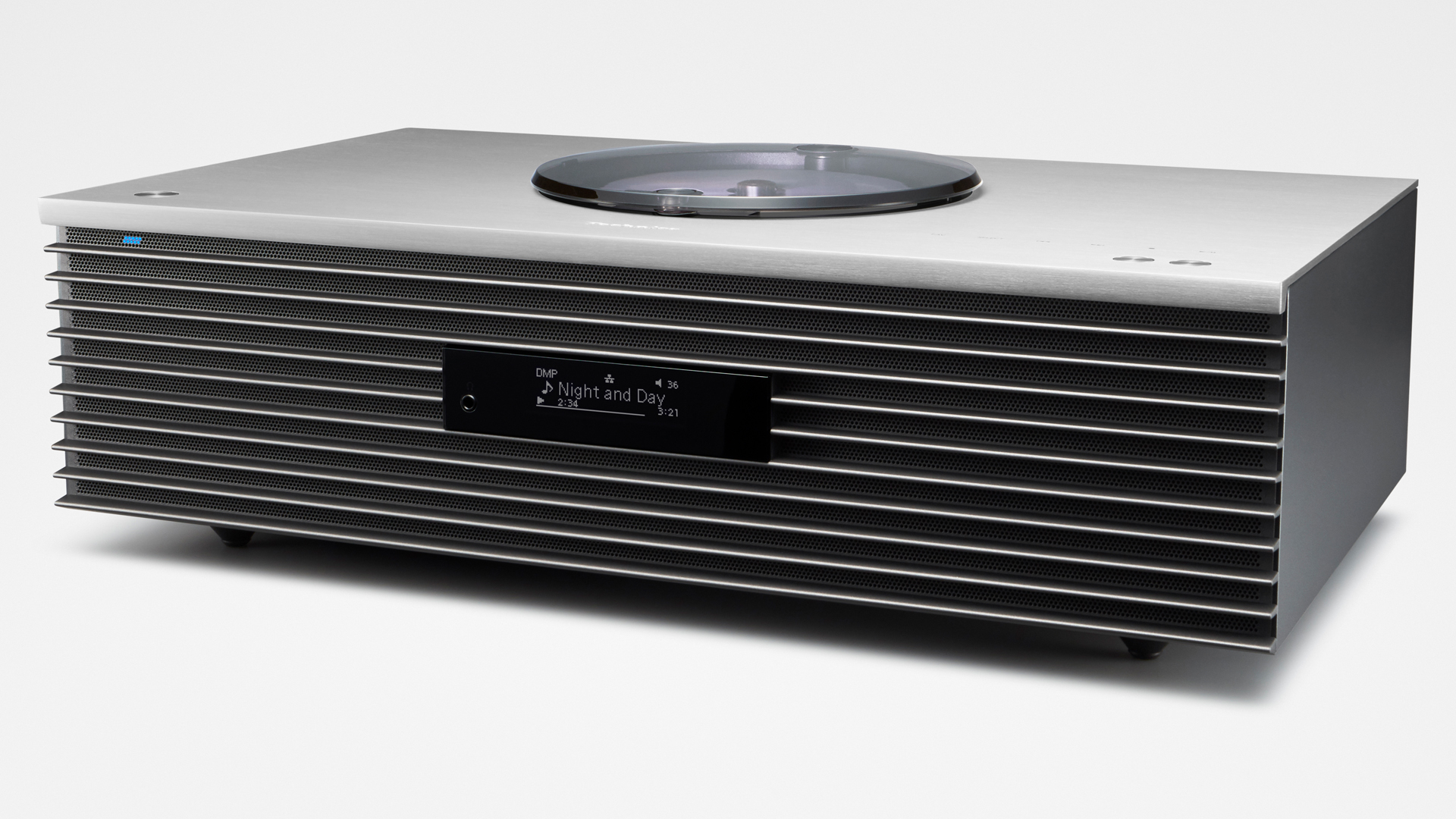
Power 30W + 30W (40W sub)
Inputs Aux-in, optical digital, USB-A
Headphone out Yes
Finishes x2
Dimensions (hwd) 14.3 x 45 x 28cm
Weight 8kg
In this second-generation SC-C70, these woofers are said to benefit from the reduced weight of their voice coil, enhanced airflow and increased rigidity of their diaphragm, and aren’t the only component to have undergone a major revamp.
The pair of 2cm dome tweeters are much changed, too, with a lighter silk diaphragm and optimised acoustic lens for improved dispersion. And each section has its own JENO Engine full digital amp unit, delivering 30W to the tweeters and midrange drivers and 40W to the sub.
There’s a lot packed in, and it becomes evident that it’s the SC-C70 MK2’s interior, along with the top plate, providing most of the weight. Unfortunately, the rest of the outside is rather plasticky to the touch. That might not be of great importance, given you’ll rarely touch the speaker’s sides, but it’s a feature that extends to the swiveling CD lid. Our initial hope that this might be glass is soon quashed, and a less than smooth finish on the edge only compounds the disappointment.
Features
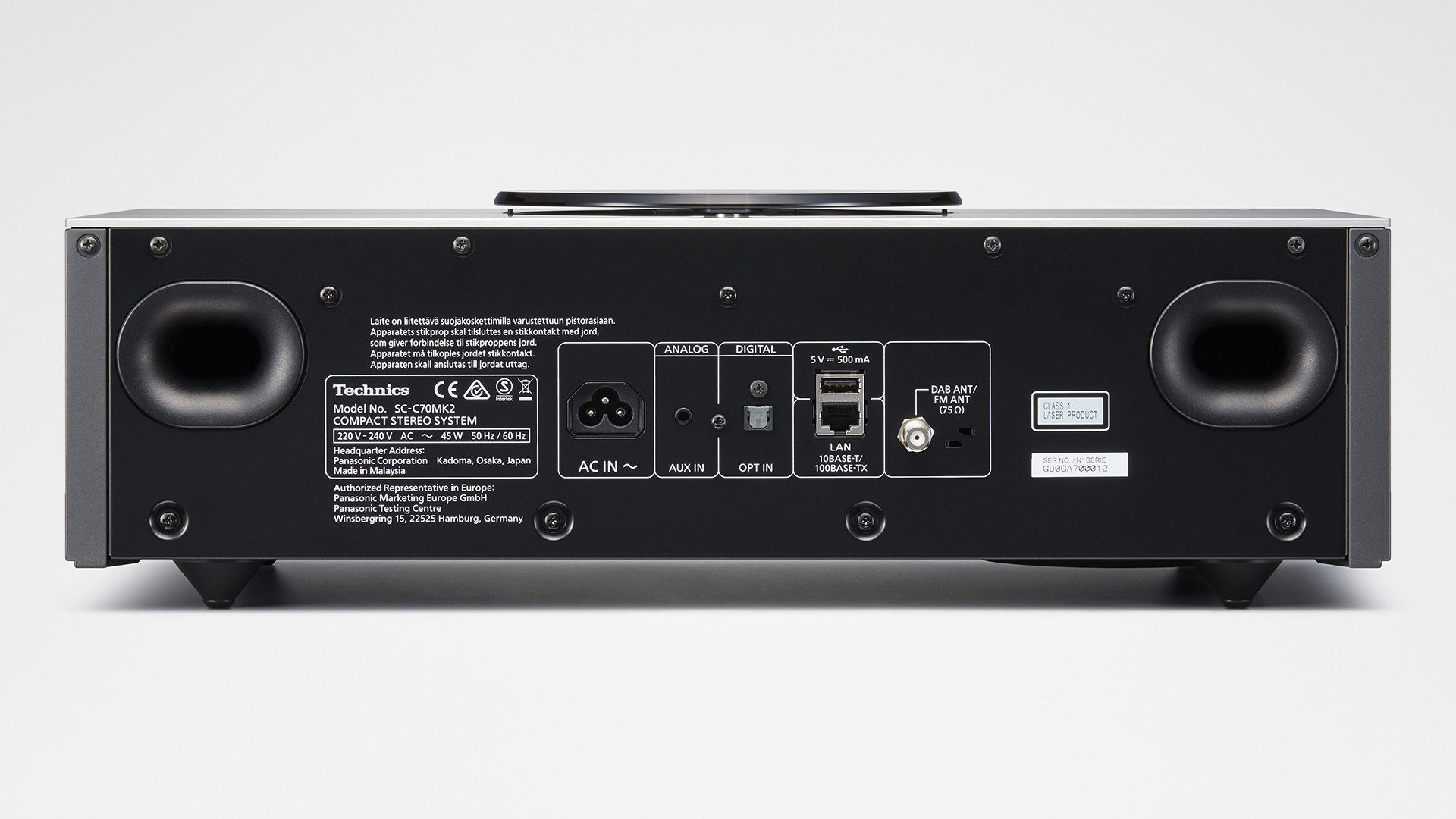
At least we can’t fault the feature list. Built-in Google Chromecast means the SC-C70 MK2 is primed for multi-room use, while Apple AirPlay 2 and Bluetooth also offer wireless playback options. That is, of course, along with the CD drive, DAB+ and FM radio, and analogue and digital inputs.
Less ordinary, though, is Technics’s Space Tune technology, and more importantly this speaker’s new automatic function. The MK1 offered pre-sets of Free, Near the Wall, and Near the Corner; all of those are present again for quick EQing, depending on where your speaker is placed, but the new Auto function can do that more precisely by using test tones and on-board mics for optimal sound.
You can even go further, using the Technics Audio Center app to adjust settings depending on your listening position. iOS devices can also be used to measure room noise and acoustic conditions as well as further calibrating sound characteristics.
Sound
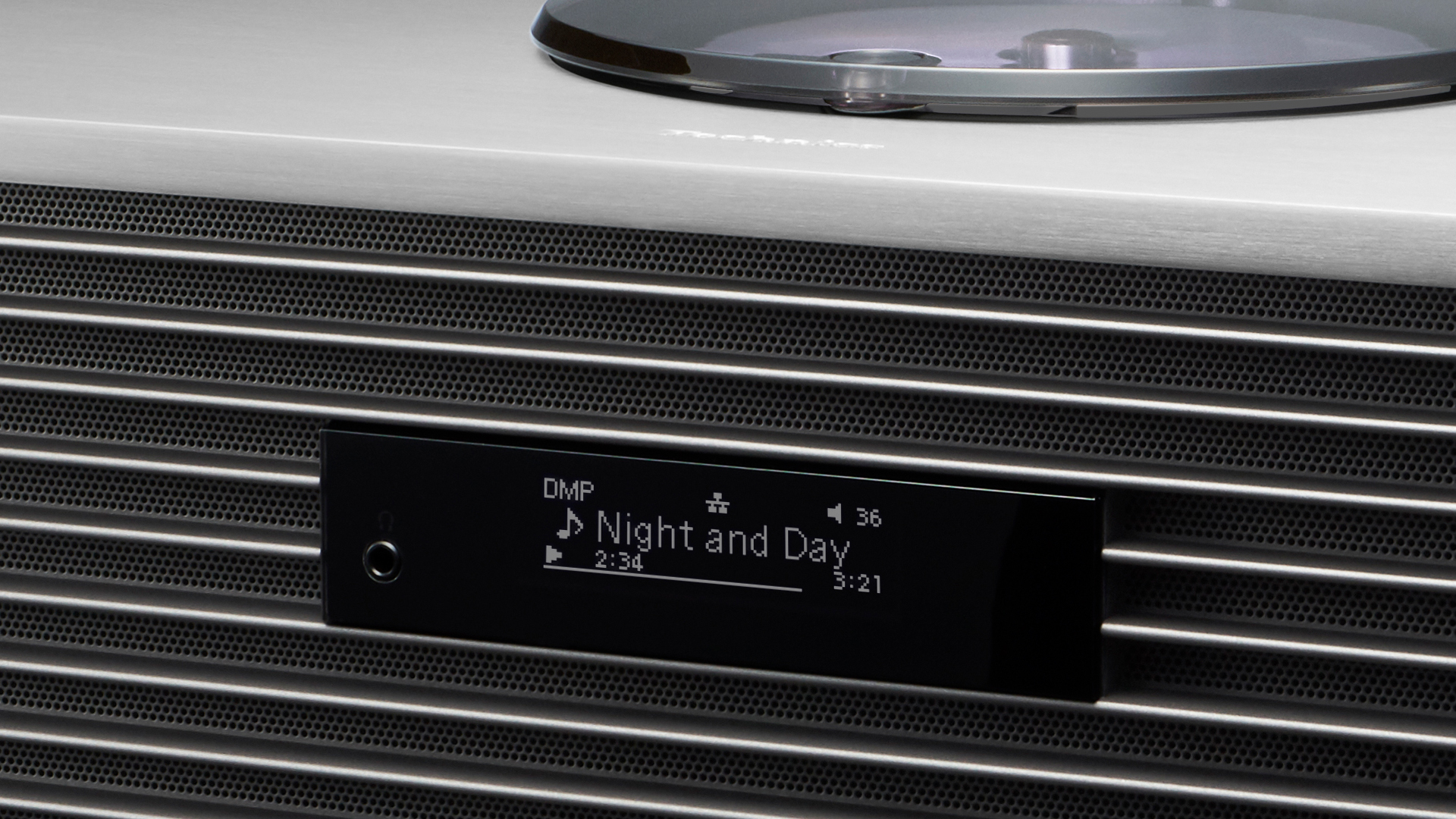
Some tuning could be vital, depending on your room, as there’s a lot of power coming from the SC-C70 MK2 that needs to be kept tame. Most notably in the low end, where that subwoofer proves a sound investment early on for those who like a lot of bass.
The key, of course, is finding a good balance; the Auto Space Tune does a good job of that, and the ability to further tweak is welcome. But you won’t be criticising this Technics speaker for not having enough in the way of bass weight.
Detail levels are generally okay as well, giving enough information to keep that full-bodied presentation from becoming soft – in the upper registers at least. Unfortunately, though, the other side of all that bass is that the mix is a bit of a blunt object and rather bereft of detail.
Despite that slightly corpulent low end, timing is still surprisingly good. It is an aspect with which a lot of really bassy-sounding products often struggle, appearing slow or muddled, but the SC-C70 MK2 is actually rather good at keeping time.
However, because that accurate timing is betrayed by a real dearth of dynamic expression, it fails to deliver any great sense of rhythm. This is our main gripe: there is such a lack of expression it quickly becomes a wearing listen.
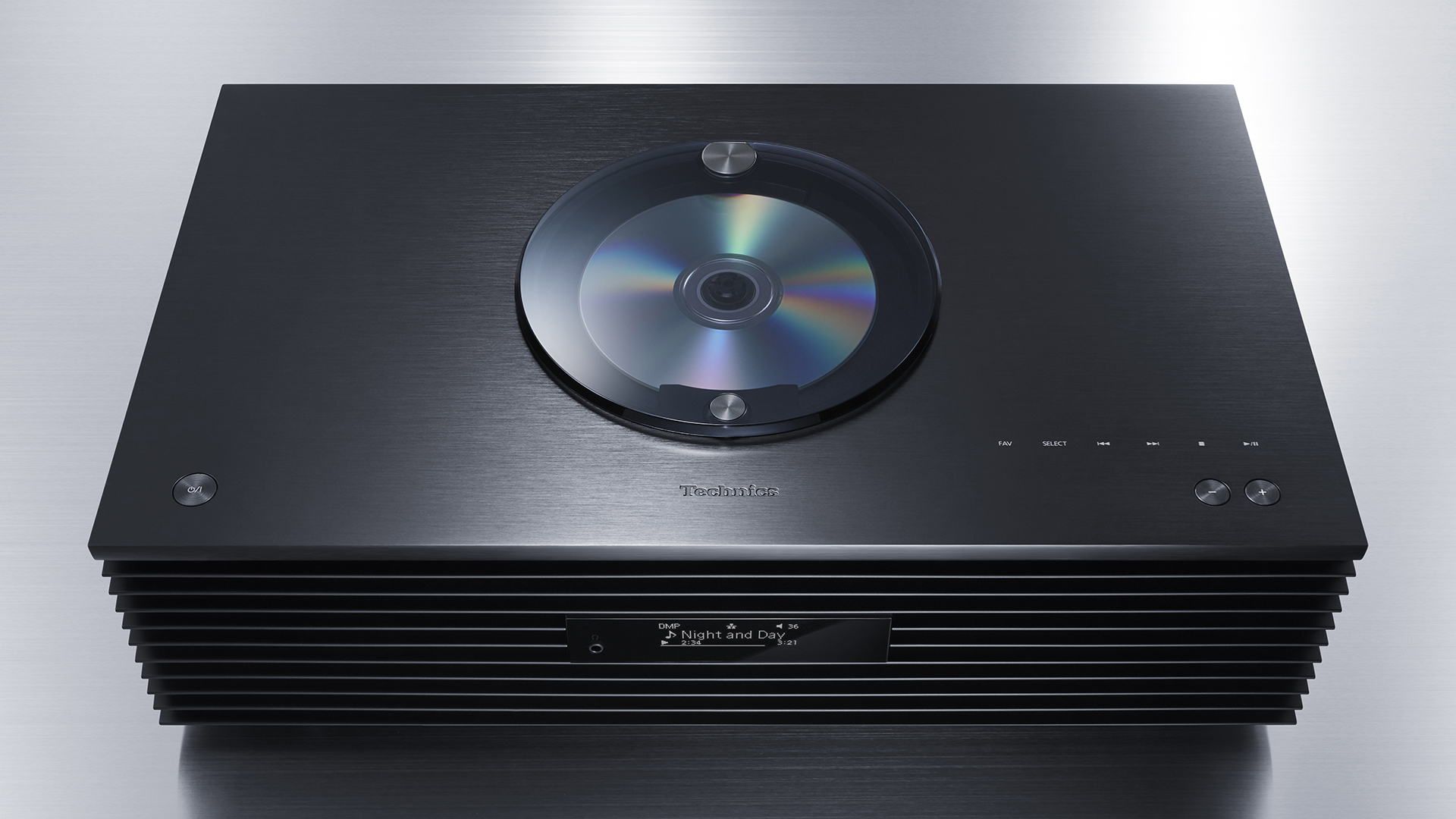
We sit there willing the SC-C70 MK2 to appear a little more interested in the music we’re sharing with it, but it has made up its mind. It’s even more of a shame when you consider all the power it flaunts delivering those bass frequencies; even if just a little more of that was directed at giving some punch, this would be a more entertaining listen.
And as we noted earlier, the SC-C70 MK2 has entered the market among some seriously talented rivals. If we were underwhelmed with its performance at first, the Technics only loses more ground when we compare it with the Award-winning Naim Mu-so Qb 2nd Generation.
There’s no CD player here, of course, but you should ask yourself whether you really need one; the Naim is leagues ahead in terms of detail, rhythmic sense and excitement. And you can always put the money saved towards a CD transport later on if necessary.
You’d even get a better all-round performance by going for a micro system such as the Denon D-M41DAB. Again there are compromises – the stereo speakers are separate, so it isn’t a on-box solution, and your only wireless streaming is via Bluetooth – but if CD is your main concern, then it’s a no-brainer in terms of sonic performance and value.
For anyone considering buying the Technics SC-C70 MK2, our advice would be to go back to the drawing board and think about what you’re willing to compromise. Our choice would always be features or space, rather than compromising on sound.
Verdict
Regardless of whether or not there is a true like-for-like alternative, the Technics Ottava F SC-C70 MK2 is just too expensive to sound this lifeless. A re-tune may be able to solve its issues – the feature set and building blocks of a good performance are here, but at the moment you’d need some fairly specific requirements to consider this a worthy buy.
SCORES
- Sound 3
- Features 5
- Build 4
MORE:
Read our guide to the best all-in-one systems
Read our Naim Mu-so Qb 2nd Generation review
Read our Denon D-M41DAB review
What Hi-Fi?, founded in 1976, is the world's leading independent guide to buying and owning hi-fi and home entertainment products. Our comprehensive tests help you buy the very best for your money, with our advice sections giving you step-by-step information on how to get even more from your music and movies. Everything is tested by our dedicated team of in-house reviewers in our custom-built test rooms in London, Reading and Bath. Our coveted five-star rating and Awards are recognised all over the world as the ultimate seal of approval, so you can buy with absolute confidence.

